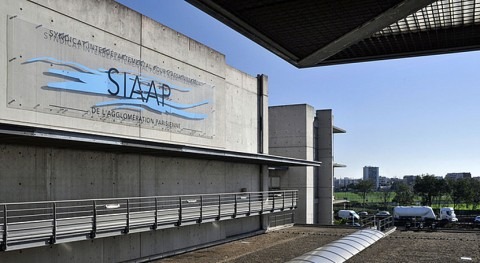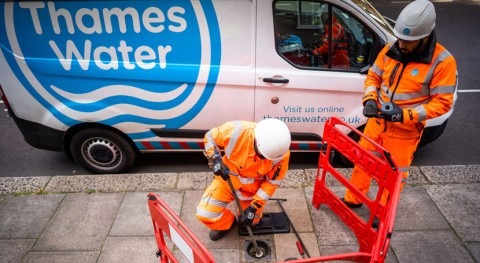Thames Water has reported a £1.65 billion loss before tax for the year ending 31 March 2025, as the UK’s largest water utility struggles with a high debt burden, rising penalties, and exceptional costs, despite record levels of investment and operational progress.
The results mark a dramatic reversal from a £157 million profit the previous year. The loss includes a £1.27 billion impairment on a loan to its parent company, Thames Water Utilities Holdings Limited, now considered unrecoverable. Additional exceptional items included £122 million in provisions for Ofwat investigations, £151 million in restructuring costs, and £198 million in consent fees tied to the company’s restructuring plan.
Chris Weston, Thames Water’s Chief Executive Officer, said: “We recognise that our current gearing is too high and, to address this, we are progressing with our Senior Creditors’ plan to recapitalise the business which will see us return to a more stable financial foundation. This will come with a requirement to re-set the regulatory landscape and acknowledge it will take at least a decade to turn Thames around.”
The company is pursuing a recapitalisation through its Senior Creditors’ plan and continues its equity raise process
Thames Water said it delivered its best performance of the regulatory AMP7 period in several areas, including leakage, supply interruptions, customer complaints, and lost-time injuries. Water quality (as measured by the Compliance Risk Index) also remained strong, just 0.04 points outside the regulatory deadband.
The company said it achieved best-in-AMP results for seven of Ofwat’s 12 key performance measures: supply interruptions, leakage, mains repairs, sewer collapses, internal sewer flooding, per capita consumption, and customers on the priority services register.
However, pollution incidents rose 34.3% to 470 events, from 350 the previous year, largely due to significant rainfall and high groundwater levels.
Thames Water highlighted major progress on long-term infrastructure and environmental protection, including the completion of the £4.5 billion Thames Tideway Tunnel, now connected to the London network and the existing Lee Tunnel. Between August 2024 and March 2025, over 6,700 megalitres of sewage were diverted away from the River Thames.
The company also increased its support for vulnerable households, with 408,670 customers now receiving social tariffs, a 13% rise from the prior year.
Financially, Thames Water reported:
- Underlying revenue rose over 8% to £2.603 billion.
- Underlying EBITDA grew more than 10% to £1.335 billion.
- Underlying operating profit increased by £112 million to £556 million.
However, high finance costs (£414 million) and losses on financial instruments (£148 million) resulted in an underlying loss before tax of £6 million. The total loss before tax, including exceptional costs, reached £1.647 billion.
The company is pursuing a recapitalisation through its Senior Creditors’ plan and continues its equity raise process. Liquidity stood at £1.7 billion as of 31 March 2025, consisting of £0.2 billion in cash and £1.5 billion in a super senior loan facility.
Thames Water also reiterated concerns over the regulatory funding framework for the next period (AMP8), stating that Ofwat’s £20.5 billion Final Determination does not adequately support the investment needed for its turnaround. The company has referred the case to the Competition and Markets Authority, though the process is currently on hold.



















